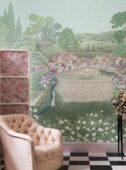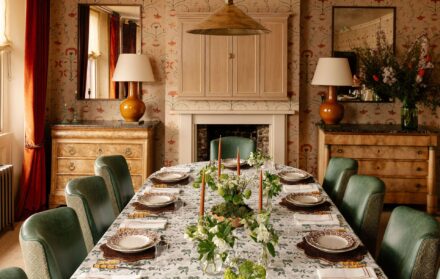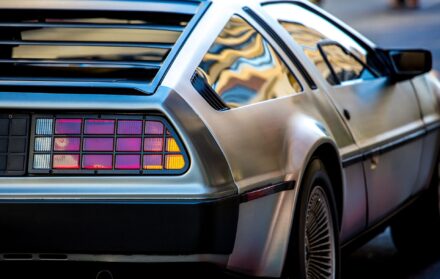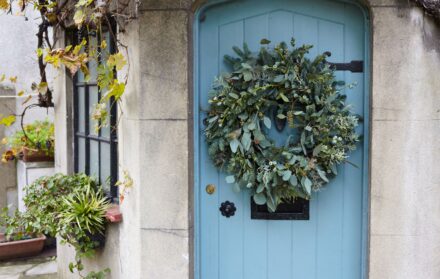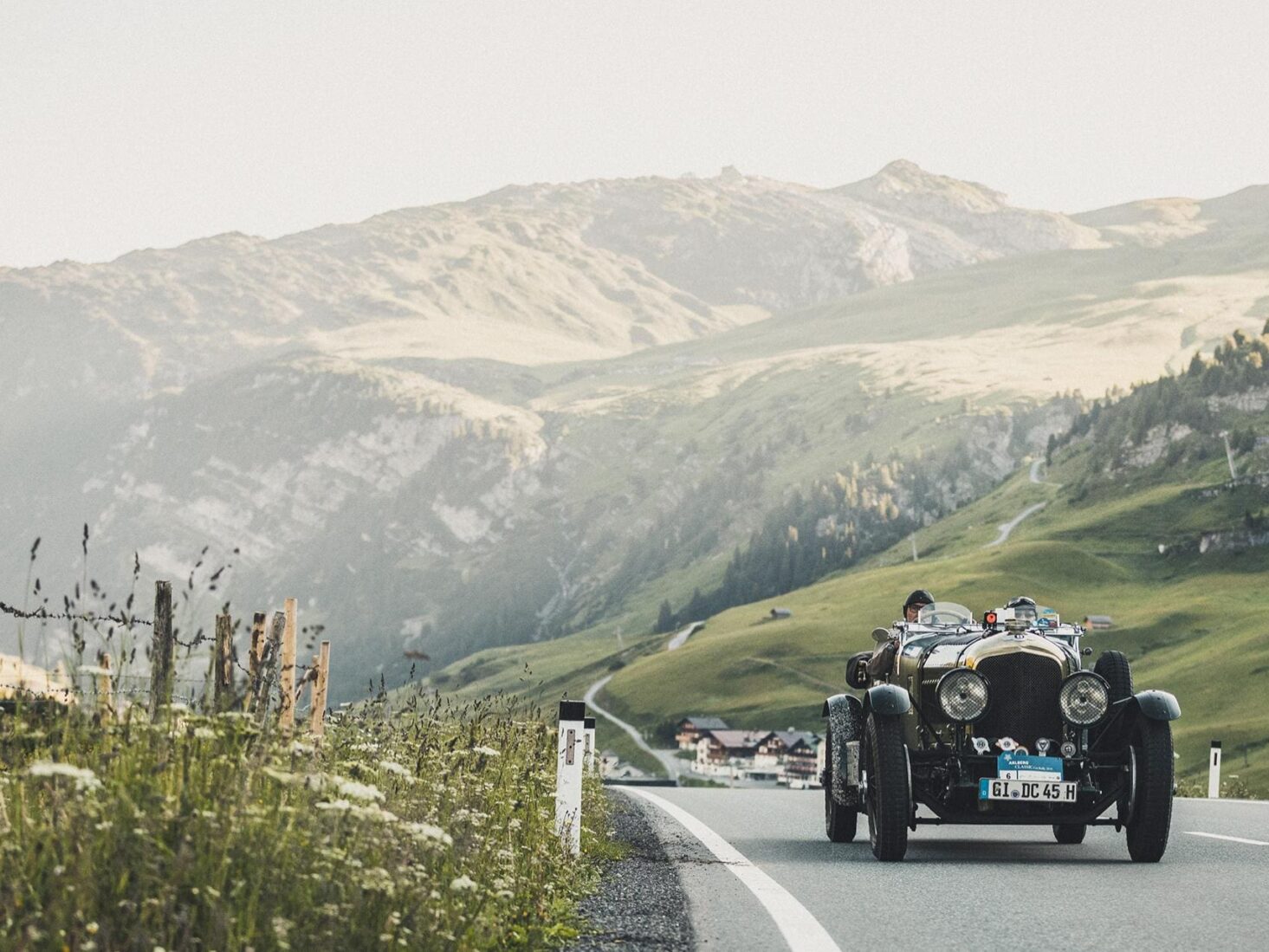
Joy ride: Arlberg Classic Car Rally
Best known as Austria’s largest ski region, the Arlberg massif plays host to a classic car rally like no other during the summer months. Luxury London joins a fleet of vintage automobiles for a 400-mile journey
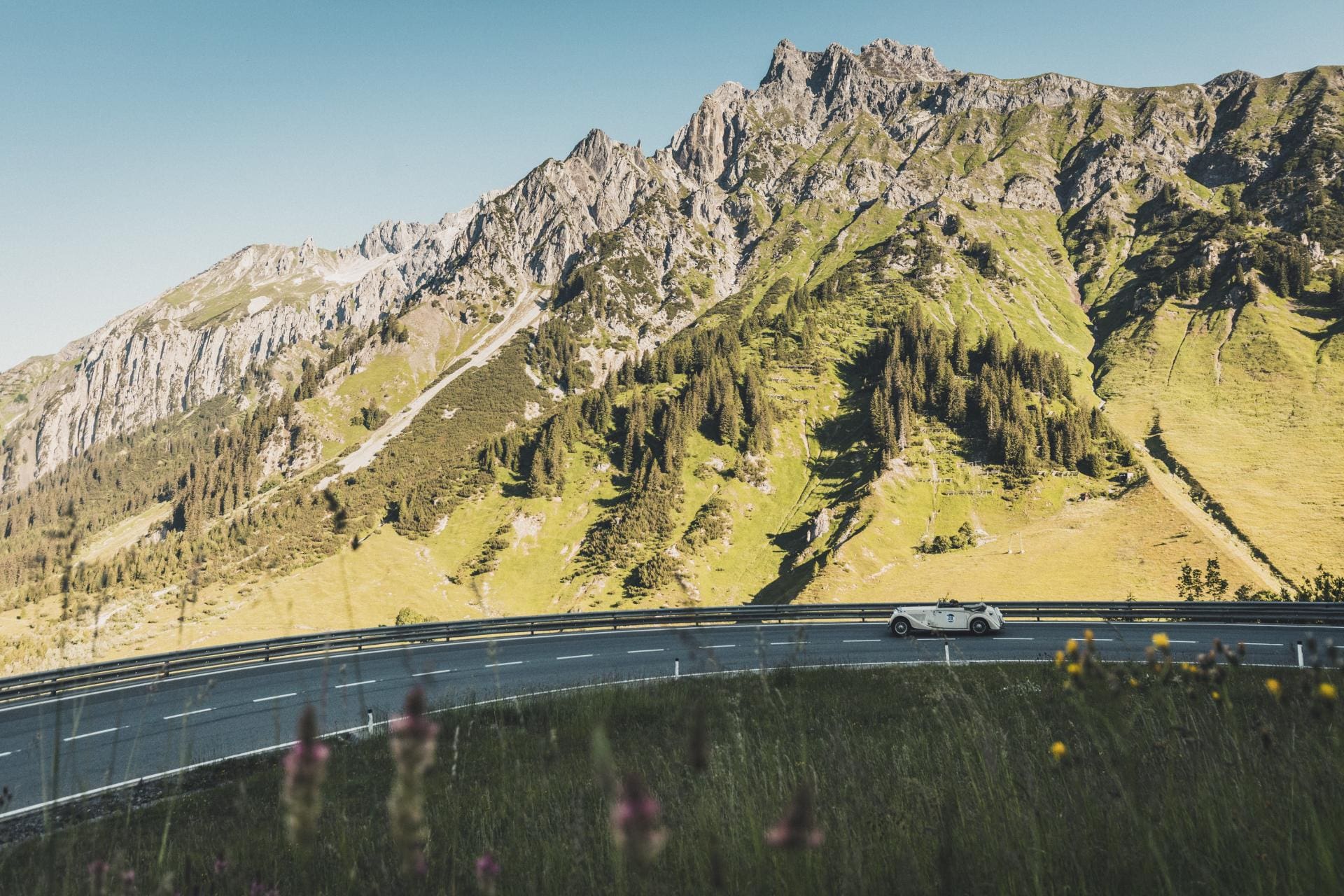
Mark Knight is used to challenges. He is, after all, a former RAF officer. But this journey was unexpected. “There were casualties,” he says, “though thankfully we made it. In places it was very stressing on both man and machine.” This was no military exercise, however, but, arguably, the world’s most spectacular, if little-known, classic car run. “You always enjoy the Arlberg Rally, but you’re also a little anxious about your 1955 Austin-Healey 100,” says Knight, who only recently discovered the rally despite running his own classic car workshop. “That’s especially because Healeys do tend to get hot. And this rally had 5,000ft climbs up to some of the lunch spots.”
While Italy can lay claim to the more famous rallies, the Arlberg Rally, running between Austria and Germany – and celebrating its 11th anniversary in 2020 – offers the more spectacular scenery, wending its way through the sublime mountainous landscape of the Lech Zürs region. It’s not a long rally – nearly 400 miles over three days – nor is it big. Only around 100 to 120 drivers take part. One of those is Uwe Brodbeck, president of the Allgemeine Schnauferl-Club, one of Germany’s longest-established vintage car associations; another is Ludwig Muxel, Lech’s mayor, who dreamt up the event.
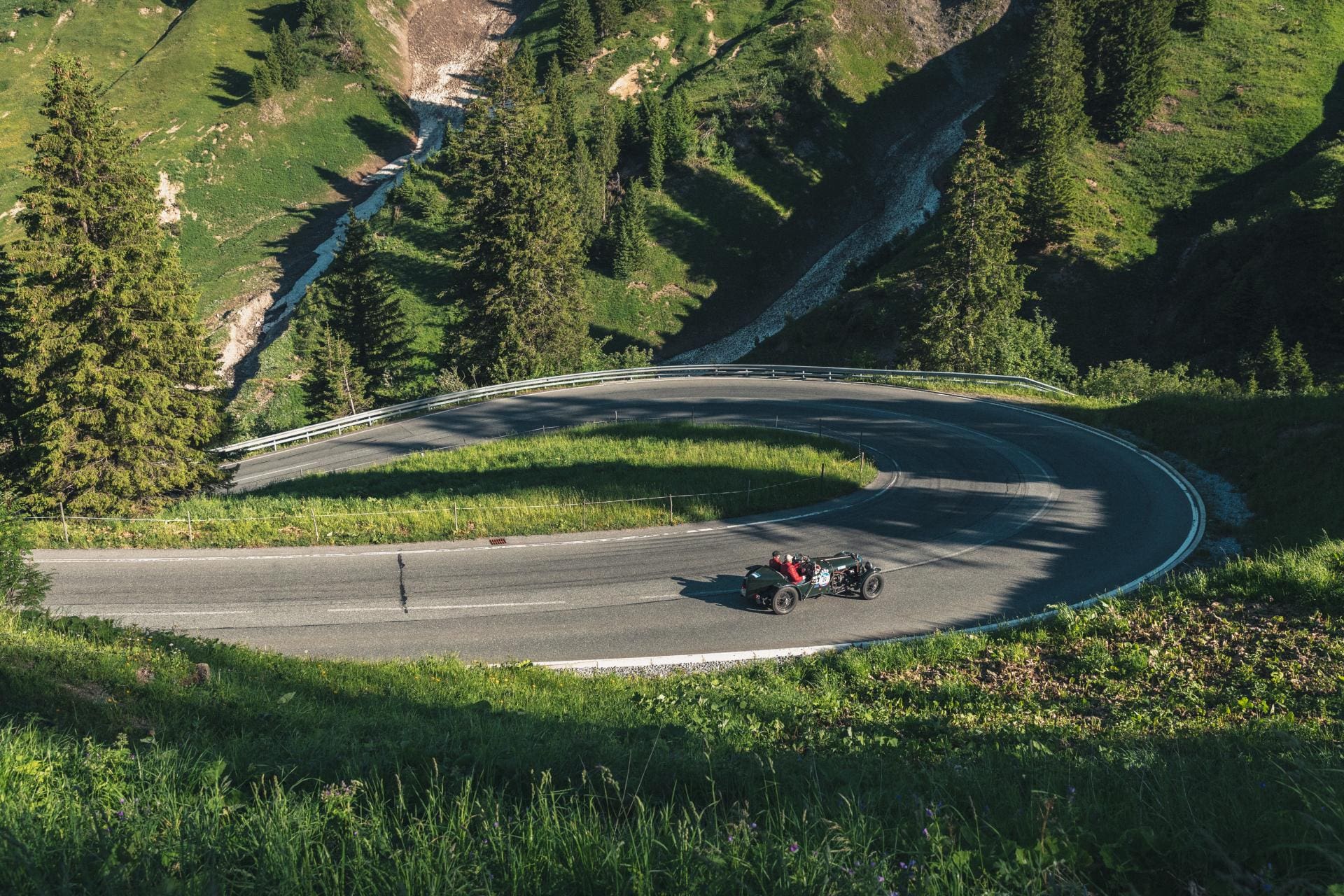
That’s why it pulls in the cream of classic cars – everything from a Rolls-Royce Phantom 1 Springfield to a Lotus Cortina, with around half the field driving pre-war vehicles, which, last year, included a Ford Model A, a Chrysler 72 sports roadster and a 1929 Fiat 51, one of only three in the world still on the road. Past rallies have seen a Lancia Lambda open tourer and an Aries Rolling Banquet biplaza roadster – both dating to the 1910s – tackle the course. The 2019 event saw a brave little Renault 4CV off the starting line with all of its 19 horsepower – it required a few rest spots to make it up the more vertiginous passes.

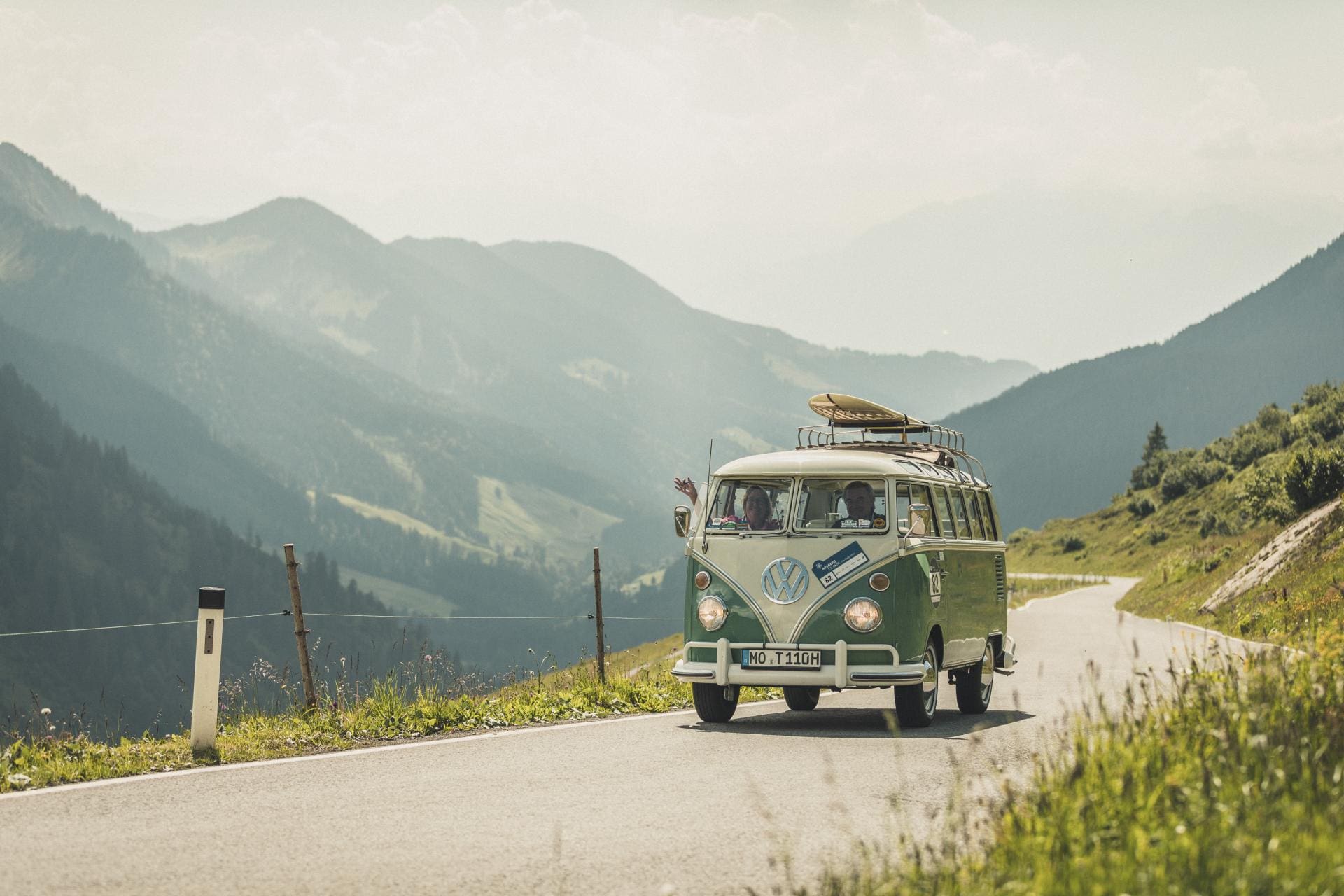
“The event is typically over-subscribed, but there’s been a deliberate policy of keeping it a small, familiar event for those who know, which is unusual,” says Marcel Drexel, the event’s organiser. “We aim to have a wide variety of cars in the line-up, too. But what really makes it a special event in the classic car world is that there are hardly any rallies through Alpine scenery.” Some of the older cars struggle with the hill climbs, especially the pre-war models, because they’re underpowered compared with modern vehicles, says Drexel. “But for us it’s all about the cars – those really rare entrants, those truly beautiful ones, the ones you’re astounded are still working. The serious gradients here can tend towards engines over-heating. The drivers sometimes worry that their cars won’t make it. But they’re generally too busy enjoying the scenery.”
The rally takes in, among other highlights, the Zugspitze (Germany’s highest mountain); Vaduz Castle, the palace and official residence of the Prince of Liechtenstein; and the Hahntennjoch pass, climbing up 19 per cent gradients to 1,894m across the remote Bschlabertal valley. This is not a place for a breakdown. Coming into the villages of Boden and Pfafflar, is less an opportunity for a photo than one to let out a sigh of relief, even if these picture-postcard villages are rarely seen by tourists over the summer months. Not for nothing does the organiser of the rally offer a one-day training course for drivers who aren’t confident about tackling this kind of terrain. And a free brake check.
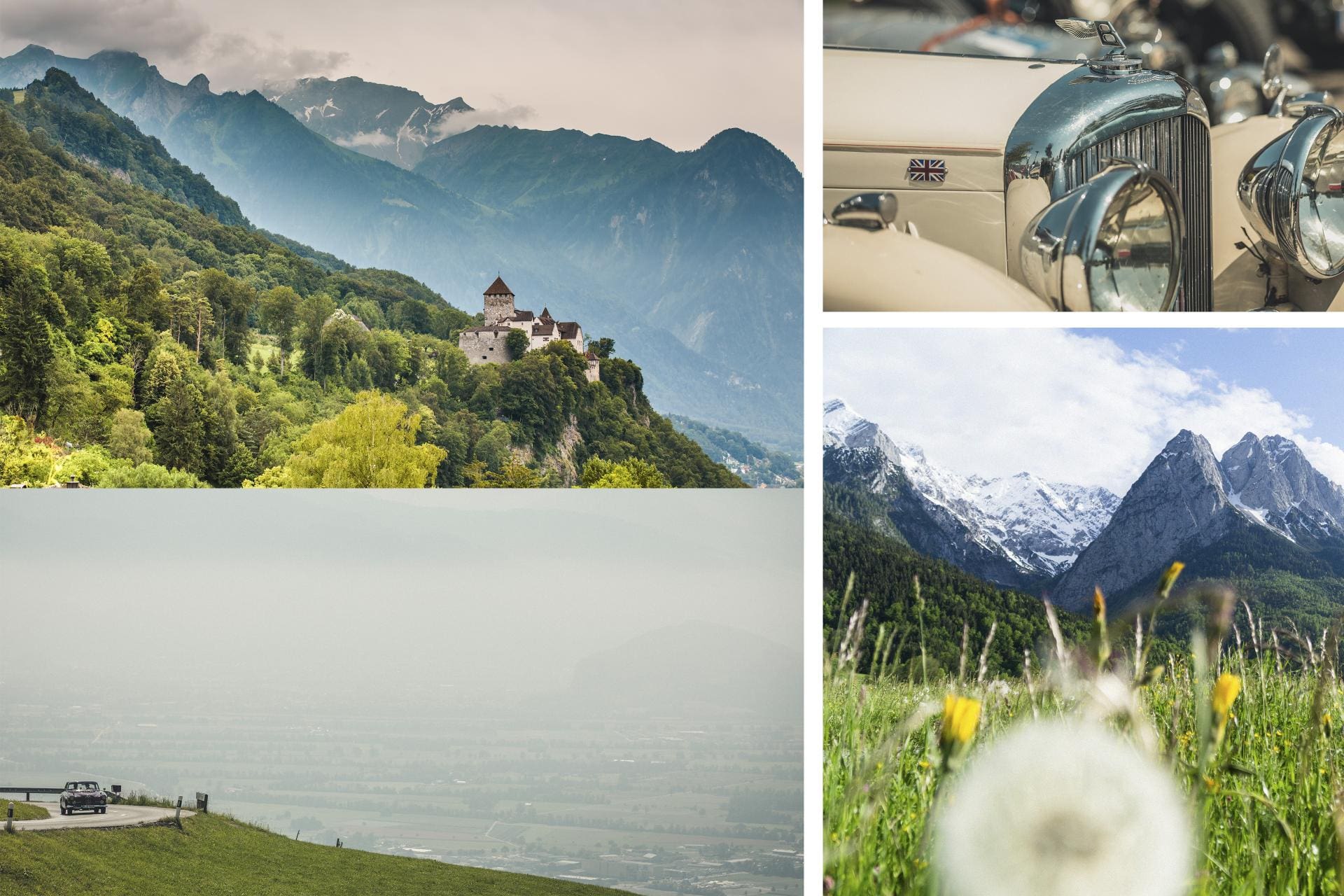
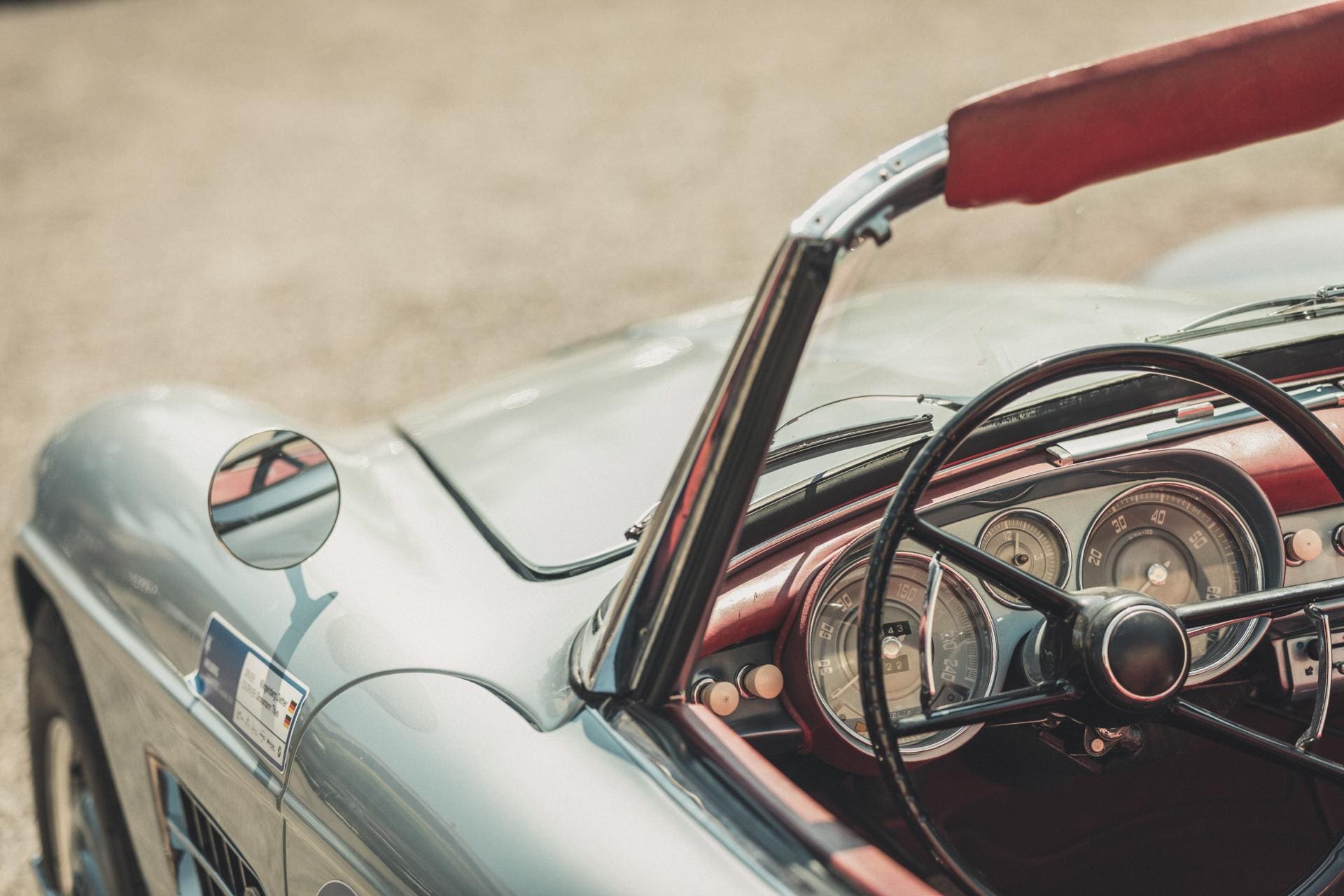
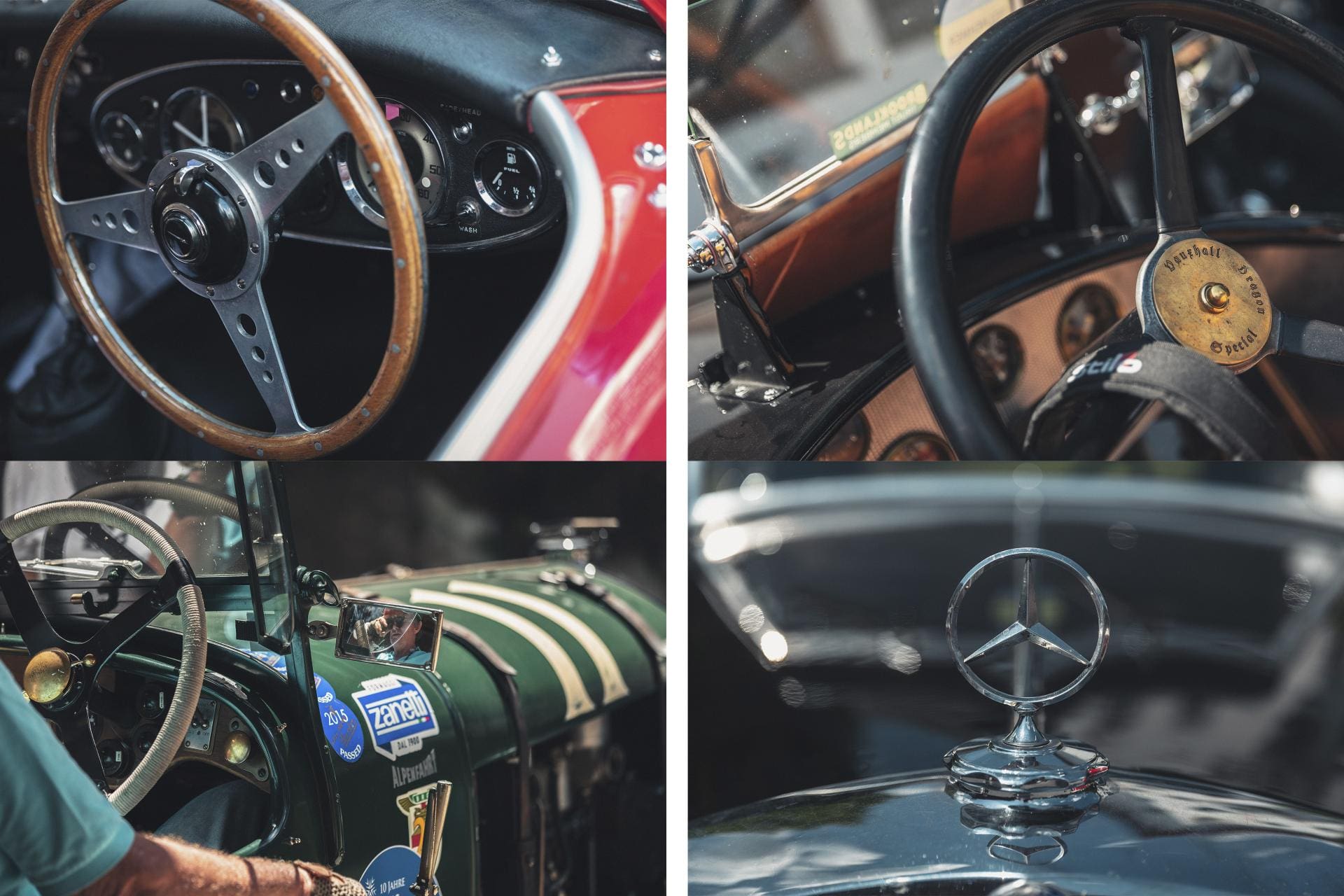
“There are plenty of five-star hotels in the area and naturally these form the stopping parts for the drivers,” says Drexel, stressing that there’s pleasure at the end of any painful drive. “Tourism is big here over the winter, it’s an insiders’ spot for skiing, free-skiing, snow-shoeing, just about anything involving snow. But what the rally has done is open up the region to tourism outside of winter. And that’s worked well. It’s helped Lech and the region become much more of a year-round destination.”
The Arlberg Rally has, however, long outgrown its original intent as a tourist draw, as Mark Wright can personally attest. He and his wife Joanna used to go to the region for the skiing, saving their driving for the shores of Lake Como and the like. “But you could see that the place would be beautiful in summer, that there was an opportunity being missed,” he says. “Yet even as someone very much into classic cars, I was surprised when I first heard about the rally – and that was through the German equivalent of Classic Cars magazine.”
Now that he’s in the know himself, Wright would rather the event was kept undercover. Unfortunately for him, and perhaps for its other loyal devotees, the rally’s status is growing, both locally and internationally. Car enthusiasts now travel to see the motors go past and to take pictures at the stop points. The rally has become so popular that now long stretches of the run are closed to other traffic, as it winds through breathtaking heights (almost literally, given the altitudes) and along green valleys from Lech, via Pitz and Lermoos, to Vorarlberg and on through Appenzell and finally to Romanshorn on Lake Constance.
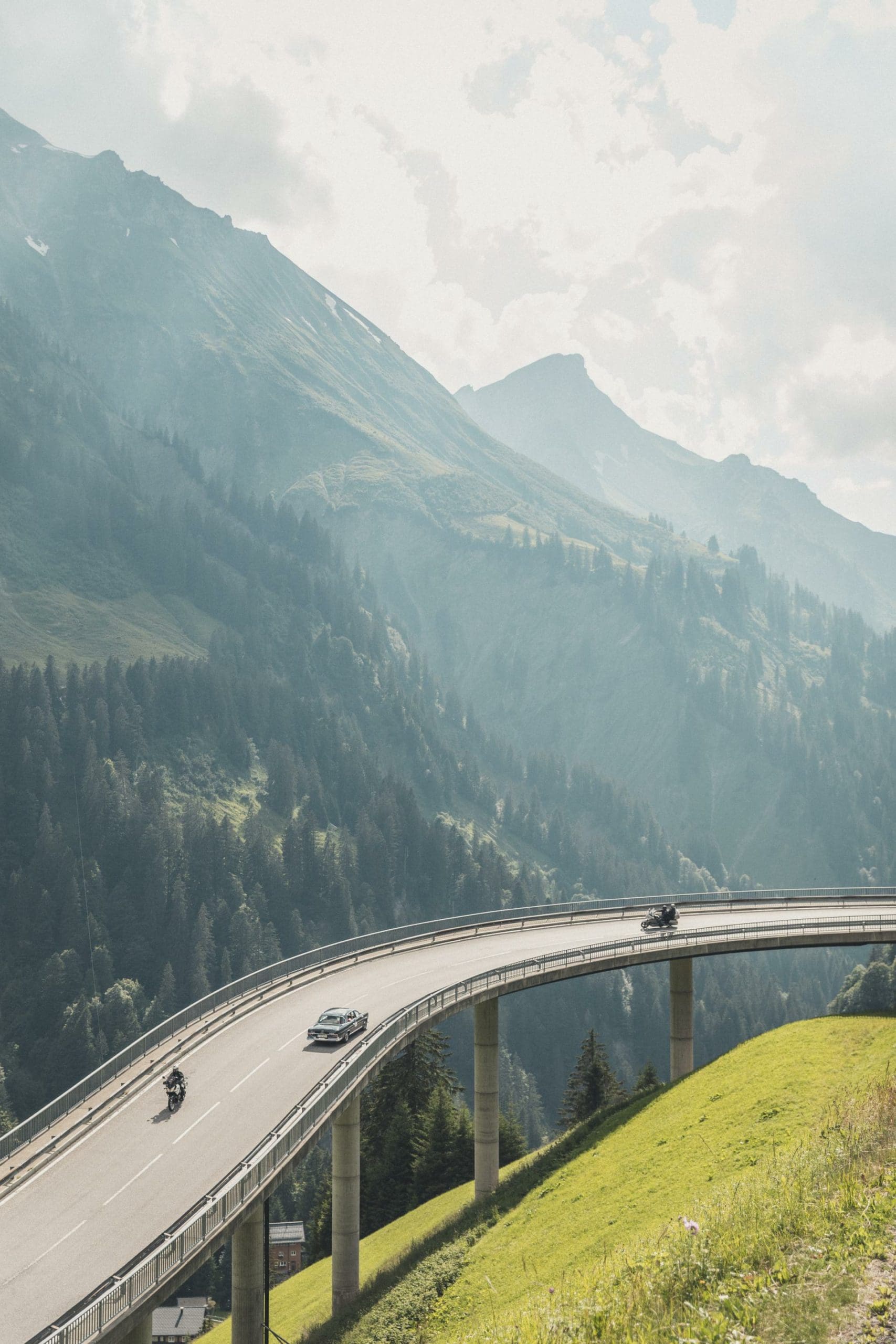
“For all that the driving can push you, of course it’s the spectacular views that gets to you,” says Knight, echoing the event’s motto: ‘Mit Freunden durch alpine Traumkulissen’, or ‘Driving with friends through heavenly Alpine scenery’. “That’s what sets it apart from any other rally. The locals are very welcoming to the classic car community, too – people want to stop and talk to you, which isn’t the reaction you get with all rallies.
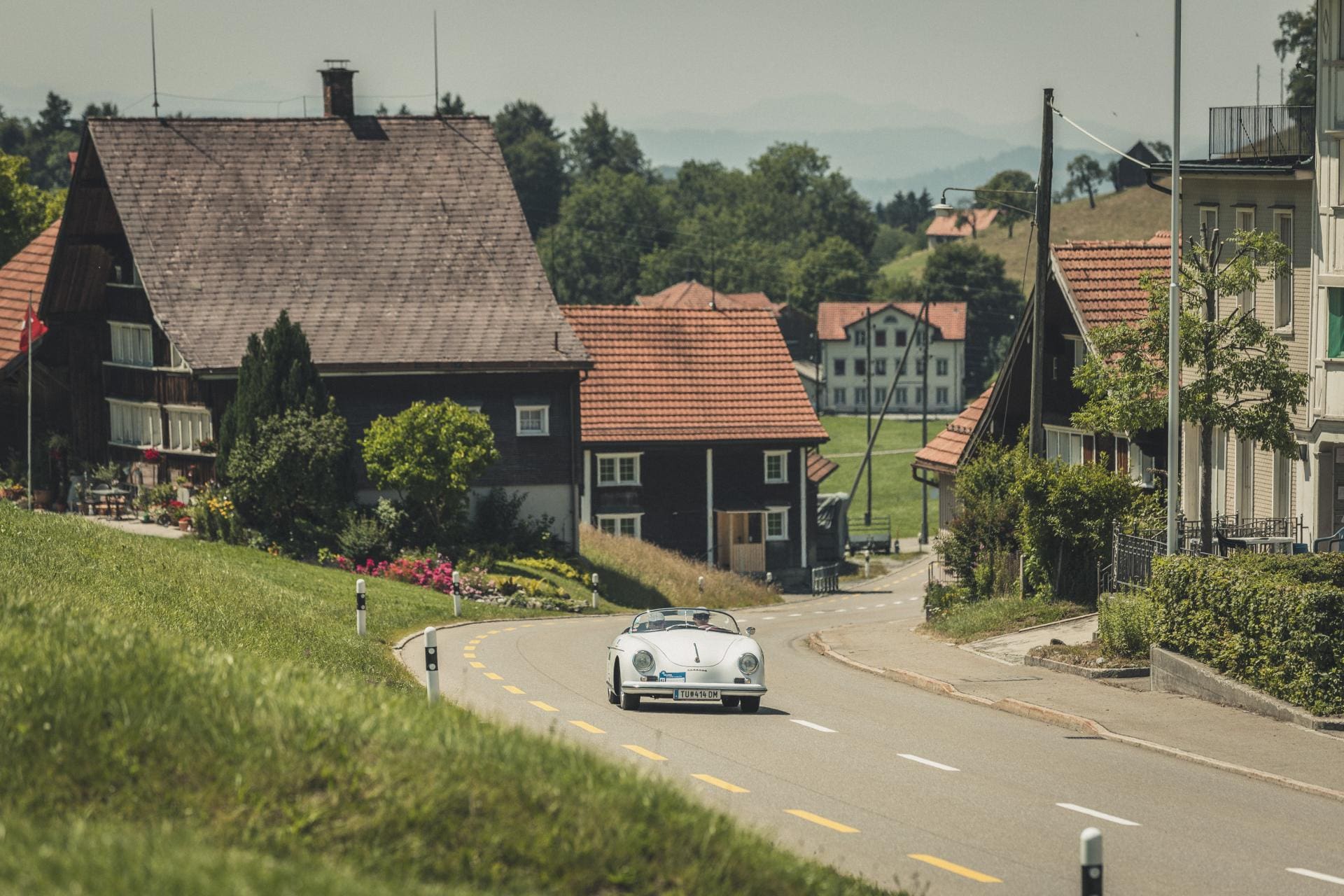
He likes the way that the Arlberg Rally is a bit of an insider secret, even among the classic car fraternity – and the way that, rather than seeking to carry off a trophy, most entrants are there for the history, the food, the wine and the views, as well as the drive. “It’s nice to be one of the few Brits taking part,” he says. “It’s shorter than many rallies, and yet, in time-trial terms, more challenging. This is the kind of terrain that makes the act of driving a real joy.”
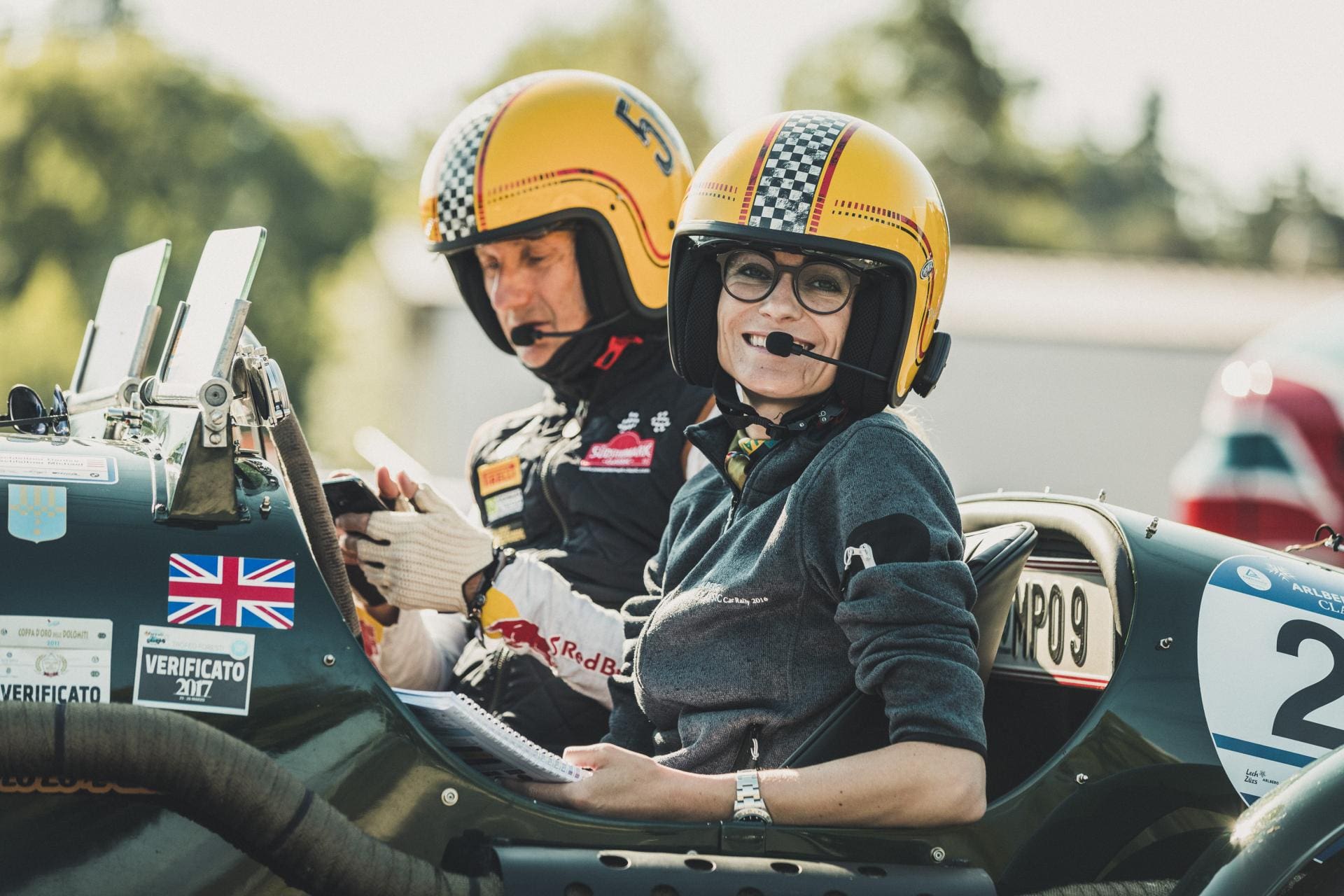
The 2020 Arlberg Classic Car Rally will take place 25-28 June, arlbergclassic-car-rally.at
